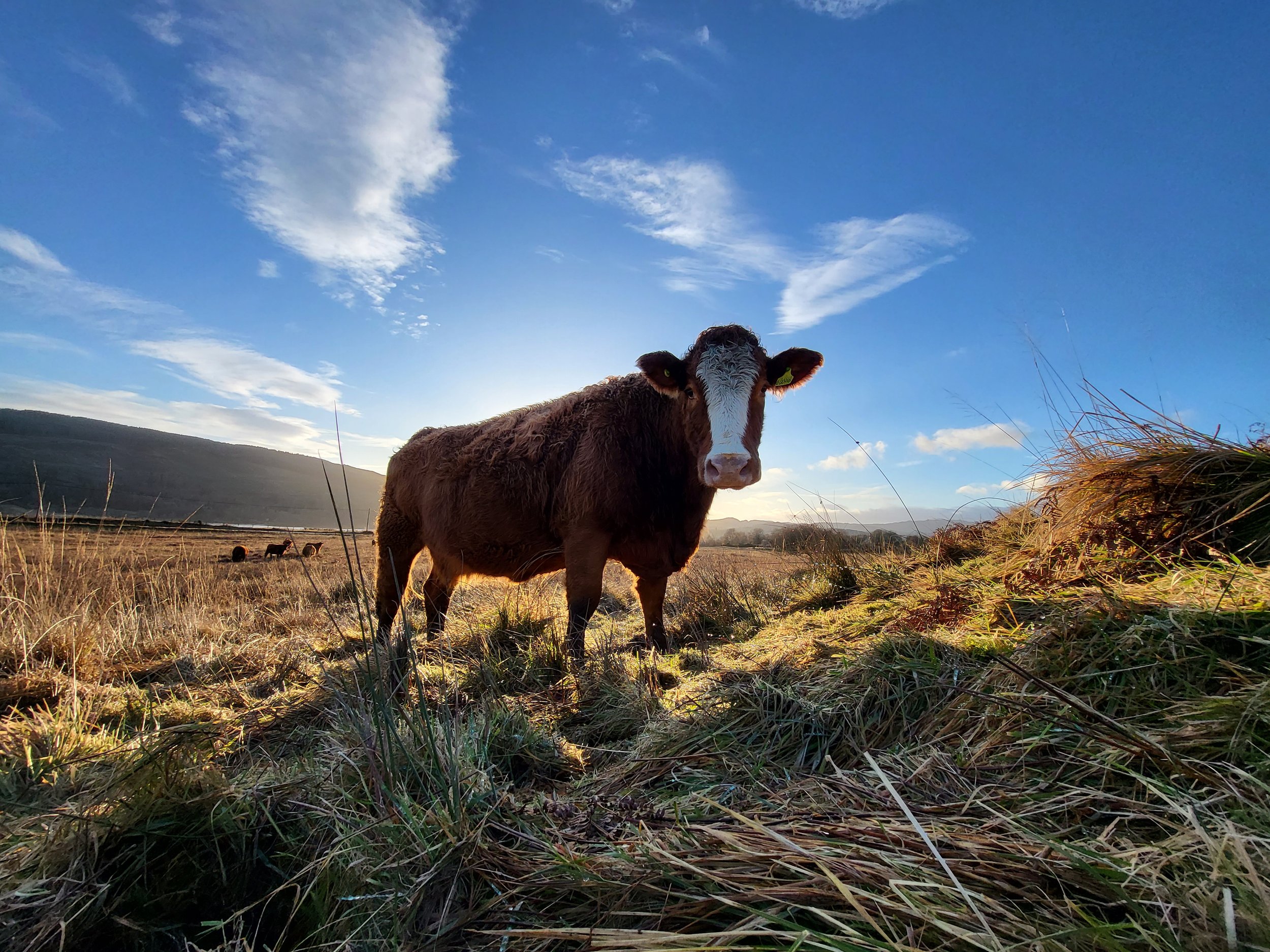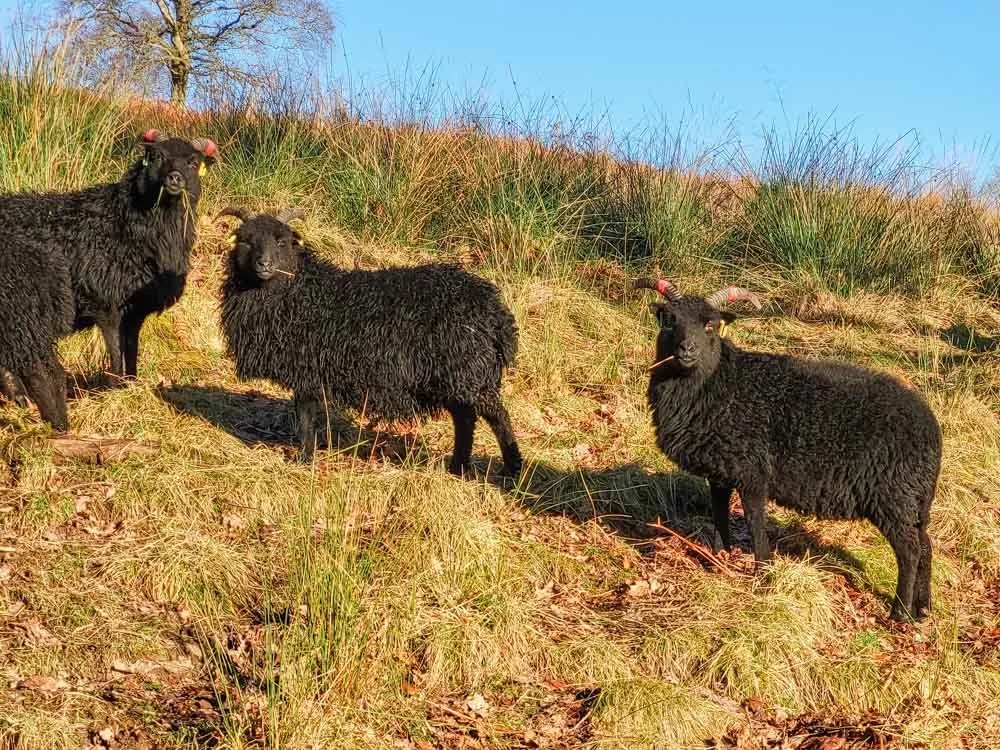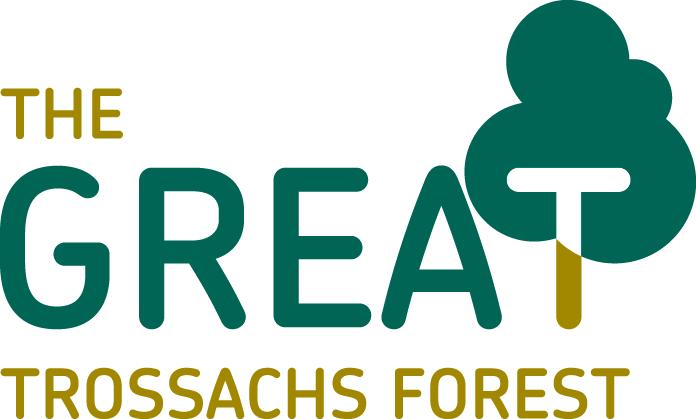
Conservation Grazing
Conservation grazing is low intensity grazing by livestock to help restore habitats to places rich in natural diversity. In The Great Trossachs Forest we are using traditional cattle grazing methods for the modern purposes of nature conservation.
Cattle are not agricultural machines so don’t create a uniform habitat. By wrapping their tongues around plants and pulling them up, they leave patches of uneven vegetation behind and a patchwork of microhabitats that benefits a wider range of species. This is helping maintain areas of shorter vegetation for lekking black grouse and is also encouraging a more diverse vegetation structure for grouse and their chicks to feed on. Cattle also move around and break up thick patches of purple moor-grass and bracken thereby providing space for less competitive plant species to set seed and germinate.
Recently, modern technology has been embraced so we can better target where cattle graze without the need for fences. Fitted with GPS collars cattle can now move through the landscape in a more natural way.
Another ecological benefit derived from cattle is their dung, which can support a huge number of insects and be a great source of nutrients for plants. Insects from cattle dung can be especially important for wader chicks; bats and swallows will catch the insects above; and many species probe or break open the dung pat to get to the beetle larvae within.
A small sheep flock is kept for grazing 24 research plots that are part of a long running experiment set up to monitor how changing grazing regimes affect upland ecosystems. Visit the resources page to find out more about this work.
All these projects provide multiple benefits. Conservation grazing is a sustainable productive system with reduced inputs and a great opportunity to use rare and traditional breeds, many of which developed in parallel with habitats now appreciated for their conservation value. While the livestock are doing their bit for biodiversity, the traditional agricultural outputs and maintenance of agricultural infrastructure is providing work for a farm manager, contractors, and other associated agricultural suppliers.
Meet the Team
-

Luing Cattle
The Luing breed, pronounced ling, originates from the Isle of Luing on the west coast of Scotland. It is an extremely hardy breed that is easy to winter outside and requires little supplementary feeding. It was developed by the Cadzow brothers who crossed Highland Cattle with Beef Shorthorns and then crossed the resulting offspring with Beef Shorthorns again.
-

Hebridean Sheep
This is a hardy species that can survive in difficult conditions and on nutrient poor vegetation. Research has shown that, unlike other hill breeds, Hebridean sheep will graze purple-moor grass in preference to heathers. This suppresses vigorous grass growth and supports the recovery of heather species. Other hill breeds only achieve this effect if stocked so densely that they also damage heathland.
-

Blackface
Scottish blackface sheep are used to graze research plots. The blackface has traditionally been the dominant hill sheep breed in Britain and Ireland.
Discover More
Watch this video, presented by Janet Pringle the contract farm manager on the Woodland Trust’s Glen Finglas Estate, to find out more about their conservation work.
